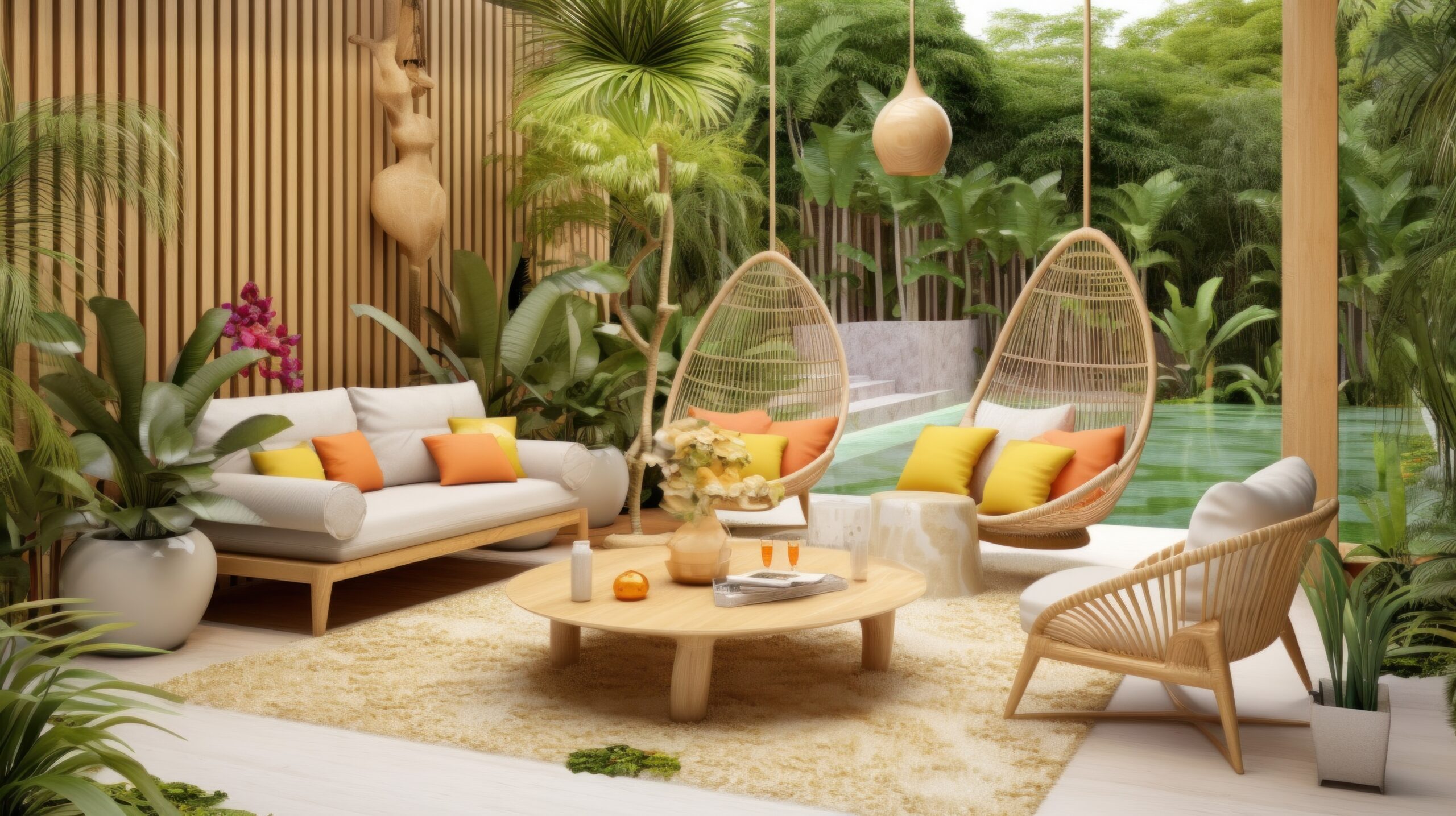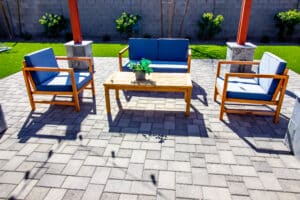How To Arrange Patio Furniture?
Key Takeaways
- Creating a focal point is important when arranging patio furniture as it gives the arrangement a sense of purpose and organization
- Determining the purpose of the patio space is crucial in selecting the right furniture and planning the layout accordingly
- Considering traffic flow and creating clear pathways is essential to ensure easy movement and a more inviting atmosphere
Arranging patio furniture can greatly enhance the functionality and aesthetic appeal of your outdoor space. Whether you have a small patio or a spacious backyard, thoughtful placement of furniture can create a comfortable and inviting area for relaxation, dining, and entertaining. In this article, we will explore various tips and ideas for arranging patio furniture, taking into consideration the layout, purpose, and size of the space.
Create a Focal Point
One of the first steps in arranging patio furniture is to create a focal point that anchors the outdoor space. This could be a coffee table, a firepit, or a grill area. By placing a central piece, you give the furniture arrangement a sense of purpose and organization. It also provides a visual element that draws people’s attention and creates a cohesive look.
Determine the Purpose of Your Patio
Before arranging your patio furniture, it’s important to determine the purpose of the space. Are you planning to use it primarily for dining, lounging, or entertaining? Understanding how you intend to use the patio will help you select the right furniture and plan the layout accordingly. For example, if you enjoy hosting dinner parties, you may want to prioritize a dining area with a large table and comfortable seating. On the other hand, if you prefer lounging and relaxation, a cozy seating arrangement with a sofa, chairs, and a coffee table may be more suitable.
Consider Traffic Flow
When arranging patio furniture, it’s essential to consider the flow of traffic and create clear pathways. You want to ensure that people can move around the space easily without feeling cramped or obstructed. Take into account the entrance and exit points, as well as any natural walkways or access points. By leaving sufficient space for movement, you not only enhance safety but also create a more open and inviting atmosphere.
Place the Longest Piece Along the Longest Wall
When positioning furniture, a general guideline is to place the longest piece along the longest wall or edge of the patio. This helps to create a balanced and visually pleasing arrangement. For example, if you have a long rectangular patio, consider placing a sofa or a dining table along one of the longer sides. This arrangement maximizes the available space and creates a sense of symmetry.
Add Convenience Pieces
Incorporating convenience pieces like side tables, ottomans, and storage units can elevate the functionality of your patio. Side tables can be used for placing drinks, snacks, or decorative items, while ottomans can serve as extra seating or footrests. Storage units, such as outdoor cabinets or chests, provide a convenient space to store cushions, blankets, and other items when not in use. These additional pieces not only add functionality but also contribute to the overall aesthetic of the patio.
Separate Outdoor Kitchen from Seating/Dining Areas
If you have an outdoor kitchen or grill area, it’s advisable to separate it from the seating or dining areas. This helps to prevent smoke, odors, and cooking mess from affecting the comfort of your guests. You can create a defined space for the kitchen by using partitions, screens, or even plants. By separating the areas, you allow each space to serve its purpose effectively.
Divide Larger Spaces into Multiple Zones
If you have a large patio or backyard, consider dividing the space into multiple zones for different activities. This allows you to create separate areas for lounging, dining, and entertainment. For example, you could have a cozy seating area with a sofa and chairs for relaxation, a dining area with a table and chairs for meals, and a dedicated spot for outdoor games or activities. By dividing the space, you can create a more organized and versatile outdoor environment.
Accessorize for a Finished Look
To complete the look of your patio furniture arrangement, don’t forget to accessorize with planters, pillows, and decor items. Adding greenery through potted plants or hanging baskets can bring life and freshness to the space. Outdoor pillows in vibrant colors or patterns can add comfort and style to seating areas. Additionally, incorporating decor items such as lanterns, string lights, or outdoor artwork can enhance the ambiance and create a welcoming atmosphere.
Conclusion
Arranging patio furniture requires careful consideration of the layout, purpose, and size of the space. By creating a focal point, determining the purpose, considering traffic flow, placing the longest piece along the longest wall, adding convenience pieces, separating the outdoor kitchen, dividing larger spaces, and accessorizing, you can create a functional, comfortable, and visually pleasing outdoor area. Remember to choose furniture that is durable and suitable for outdoor use, and always measure the space before bringing in or moving new furniture.
Related Websites:
FAQs:
Q: Why is patio furniture important?
Patio furniture is important as it helps create a comfortable and functional outdoor space where you can relax, dine, entertain, and enjoy the beauty of nature. It enhances the overall ambiance and allows you to make the most of your patio area.
Q: How do I choose the right patio furniture?
To choose the right patio furniture, consider your needs, style, and climate. Think about the purpose of your patio area, the number of people you usually accommodate, and any additional elements you want to incorporate. Also, consider durability, comfort, and maintenance when selecting materials.
Q: How should I arrange patio furniture for functionality and comfort?
Start by identifying a focal point, such as a fireplace or a view, and anchor the furniture around it. Create different functional zones within the patio space, like a dining area and a relaxation area. Ensure sufficient pathways and space for comfortable movement.
Q: What should I consider when it comes to aesthetics and design of patio furniture?
Consider the overall style, color scheme, and theme of your outdoor space. Coordinate furniture pieces with existing outdoor elements like plants and architecture. Don’t be afraid to add personal touches to make the patio space uniquely yours.
Q: How do I properly maintain and store patio furniture?
General maintenance guidelines vary depending on the type of patio furniture materials. It’s crucial to clean, cover, and store the furniture properly to prolong its lifespan. Protect your furniture from weather elements and follow manufacturer’s instructions for optimal care.






